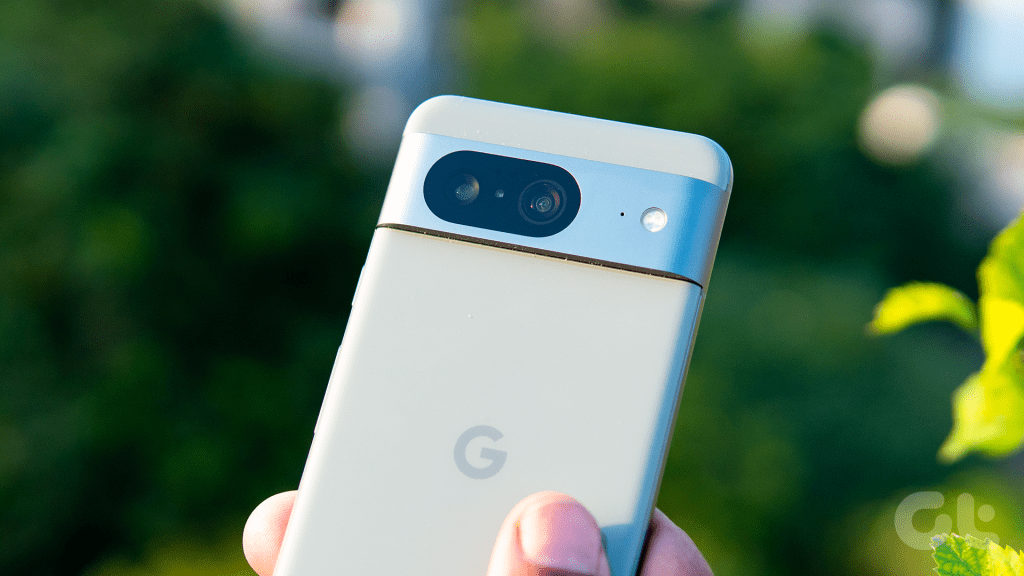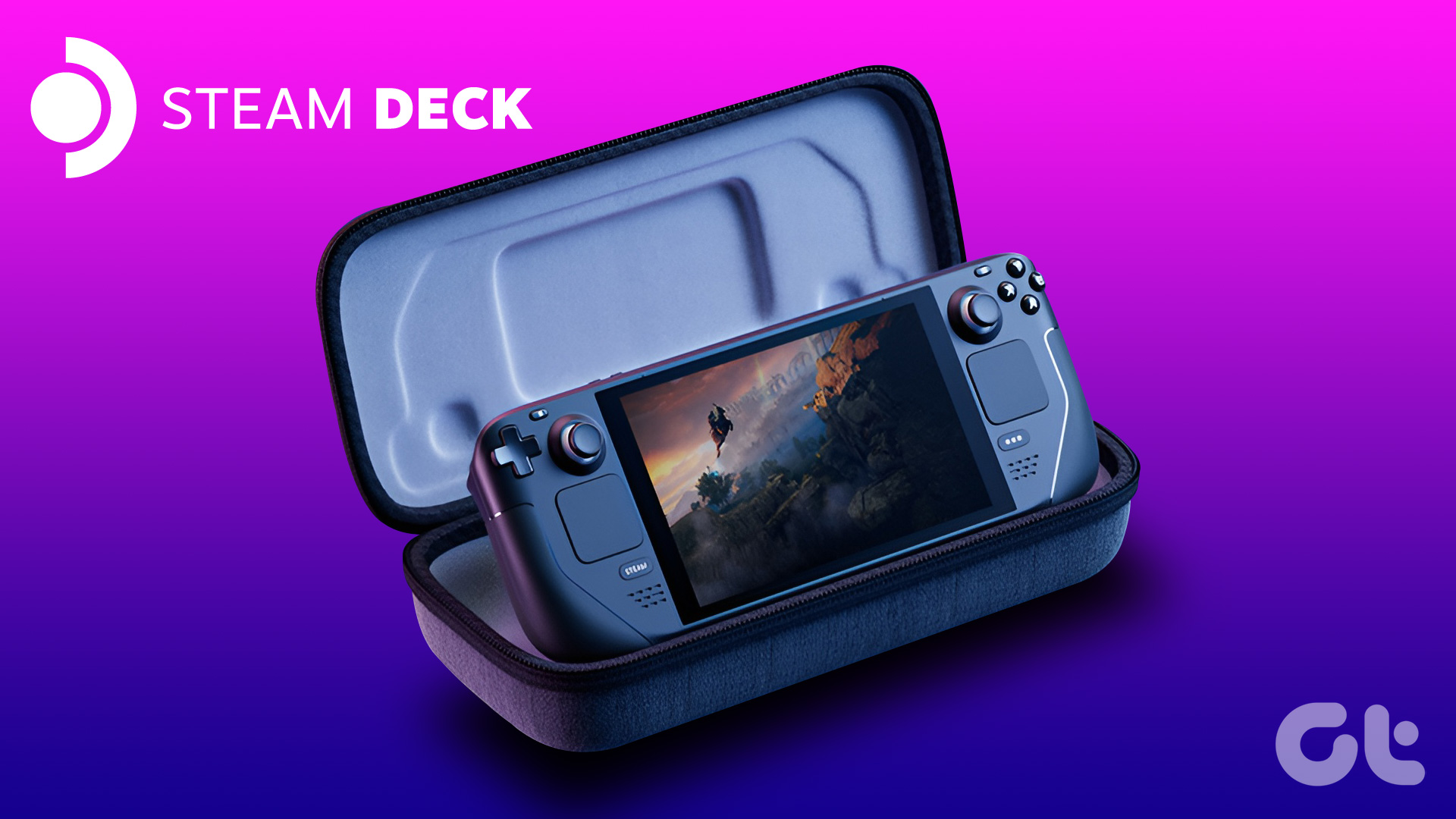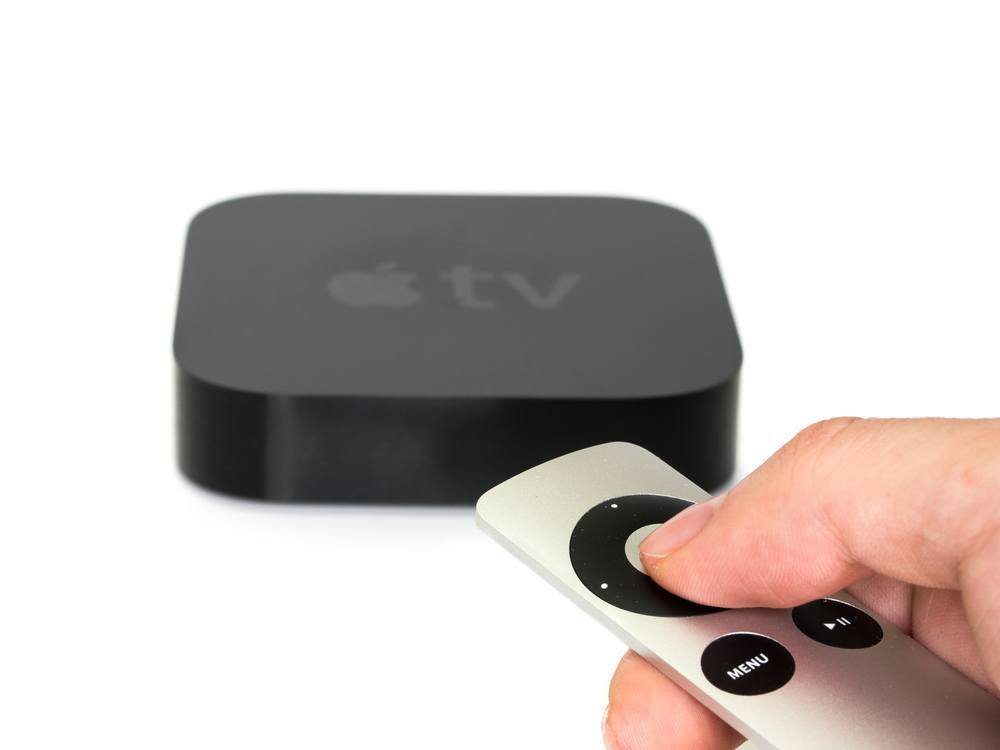Launched alongside the Google Pixel 8 Pro is its little brother, the vanilla Pixel 8. For its comparatively affordable price, the Pixel 8 manages to retain most elements of the Pixel 8 Pro, while also having some slight advantages. You get the same Tensor processor, the magic of AI, 7 years of software updates with a clean Android experience, and upgraded cameras. Even the design is quite similar for the most part.

But does that mean the Pixel 8 is a better buy? If you’re shopping for a premium-like Android device, does the Pixel 8 offer enough to find a spot on your wishlist? Well, I’ve been using both the Pixel 8 and the 8 Pro for quite some time now, and I think I can very well answer such questions.
So without wasting any time, let’s take a look at our Google Pixel 8 Review.
Design: The Smol Boi
I understand folks who prefer having a big display on their smartphones, but I personally feel that 6.1 inches is pretty much enough for most users. The iPhone 15 (see Apple iPhone 15 review) has the same screen size, and the Google Pixel 8 is closer to it with its 6.2-inch display. While I’ll talk about the display itself in a bit, the small form factor makes the Pixel 8 extremely comfortable to use with a single hand.

The Pixel 8 features the same curved design as the Pro, along with a flat display. While some folks do find this less premium, it’s definitely more practical. The Pixel 8 is the perfect render of a phone in a pebble-like shape and fits in your hands with ease. The haptic engine is better than ever, and the overall user experience of this phone is amazing.

There’s the iconic camera bar on the rear panel, though it has only two camera lenses here. The good part, however, is that the camera bar has a matte finish to it. Personally, I’d take this any day over the glossy finish that the Pixel 8 Pro has. This one is less prone to scratches and looks very good too.

As for the back design itself, the glass panel has a glossy design, which definitely is in line with the cheaper price tag. Thankfully Google hasn’t compromised on the quality though. The phone features IP68 dust and water resistance, and it has Corning Gorilla Glass Victus on both front and back.

On the whole, the Pixel 8 is easily one of the most comfortable and easy-to-use smartphones, especially in terms of design, that I’ve used this year. As long as you don’t mind using a 6.2-inch display, the Pixel 8 should appeal to you too.
Display: The Non-Super Actua
Speaking of the display, the Pixel 8 packs in a 6.2-inch OLED panel with a 1080 x 2400 resolution. Google calls it the Actua display, while the Pixel 8 Pro features the Super Actua panel. Apart from the resolution, the other difference is in terms of smoothness. While the 8 Pro has an LTPO panel that can go as low as 1Hz, the Pixel 8 only switches between 60Hz and 120Hz.

Honestly, though, you won’t notice a difference. At least not in terms of the display quality. The power consumption will be affected, and we’ll get to that later on. But as for the display itself, it’s just as good as most flagship panels out there. The Pixel 8’s panel gets adequately bright at 2,000 nits (peak), which is the same as the Apple iPhone 15.

Unlike the iPhone 15, however, the Pixel 8 only has a teeny tiny camera module in the front. This is definitely less distracting, and not in the way. The panel itself also has excellent color reproduction, and you can choose between Natural or Adaptive colors.
Performance and Software: Less Reality, More AI
As we saw in our Pixel 8 Pro review, while the Tensor G3 is an improved processor for sure, it still isn’t perfect. The performance lags behind the competition, and the chip still has a hard time dealing with thermals. This only gets worse when you pack it inside a smaller form factor of the Pixel 8.

And by worse, I don’t mean the thermals. In fact, in my testing, the Pixel 8 was cooler than the 8 Pro for the most part. The reason for that appears to be more severe throttling than the 8 Pro, where the performance is capped a lot. The good part is that Google can fix it since I’m certain this is a software implementation issue. Just offering a High-Performance mode like OnePlus can be one of the solutions, in my opinion.


Speaking of software, the Pixel 8 comes with Android 14 out of the box, complete with all the Pixel-exclusive features. And that includes all the amazing Google Photos features like Magic Editor, Best Take, Audio Eraser, and more. The processing of all of it is similar to the Pro version, so you don’t lose out on anything by settling for the Pixel 8.

The only difference is that future feature drops will come to the Pixel 8 Pro. This includes the Google Assistant with Bard, Zoom Enhancement, and more. Though, it’s a safe bet to say that they will eventually make their way to the Pixel 8 too, before rolling out to everyone via the Google One plan.
While we are on the topic of updates, Google has promised that the Pixel 8 will also receive 7 years of software updates. Though with Google already asserting the fact that some feature drops are exclusive to the 8 Pro, it definitely makes you wonder if the Pixel 8 will even last the test of time or not. In fact, we are already seeing some of those differences in the camera department.
Cameras: The Pixel Experience
The Google Pixel 8 comes with a 50MP primary shooter coupled with a 12MP ultrawide camera. The primary sensor is the same as with the 8 Pro, with the difference being in the ultrawide camera. And yes, the one thing missing here, on a hardware level, is the Telephoto lens, which Google has rightfully reserved for the Pro model.

As for the camera performance itself, it performs just like the Pixel 8 Pro. There’s an emphasis on boosting the structure and contrast while adding a bit more texture and detail to the image. As a result, you get sharp images with accurate colors.






That being said, the UW sensor definitely could use a ton of improvement. It’s not bad, but the lack of detail and the abundance of graininess definitely spoil the shot. For most folks, it should get the job done, but I’m certain that with a bit of optimization, the results could be much better.


Unlike the Pixel 8 Pro, however, the lowlight performance does leave you longing for more. There’s a ton of noise, and HDR isn’t that great either. Credit where it’s due, though, the Night Sight feature triggered automatically in lowlight conditions, as it should. This wasn’t the case with my Pixel 8 Pro review unit, which is honestly surprising.




Speaking of things different than the 8 Pro is the selfie shooter. While both devices share the same 10.5MP selfie camera, the Pixel 8 lacks autofocus. Instead, it’s the same fixed-focus camera that we’ve seen previously on Pixel smartphones.
And as you’d expect, the images are quite lackluster. The phone heavily depends on post-processing to make the image look better, but it definitely lacks detail. Though, both the HDR and portrait modes work well, so at least that’s good.



Another thing that’s surprising is the lack of the Pro Mode. The Pro Mode inside the camera app of the Pixel 8 Pro works only on the 50MP primary shooter. Which is the same lens as the standard Pixel 8. Even the processor on both devices is the same. The 8 Pro also allows you to shoot in full 50MP resolution, which is seemingly not a feature available on the normal Pixel 8.
So why has Google only offered Pro Mode for the Pro version, and not the Standard one? Yes, I know, it’s in the name, but technically speaking there’s no reason for the feature not to be available on the normal Pixel 8. However, if that does bother you a lot, you can always port the Pixel 8 Pro’s APK onto your device.
Battery Life and Charging: Not Bad
The Pixel 8 comes with a 4,575mAh battery, that does manage to last a full day of use. By that I do mean you still have to plug it in the evening because it won’t last a night’s session of video watching, but other than that, you can easily use it for the full day without any complaints.

As for charging, the phone supports 27W of fast wired charging, which can take it from 0 to 50% in under 30 minutes. That being said, the phone only ships with a charging cable in the box, so you will have to invest in a fast charger. Alternatively, you can opt to wirelessly charge your Pixel 8 too.
Google Pixel 8 Review: Who Is It For?
Well, that was our review of the Google Pixel 8. Now, is the phone a better pick than the Pro? For most users, I’d argue, yes. There are a couple of reasons why someone would want the Pixel 8 Pro. It’s likely they want a great camera, the magic of Google’s AI, a bright display and a premium design, excellent software support, and an all-day battery life. The Pixel 8 delivers all of that while costing just $699. That’s $300 less than the Pixel 8 Pro.

Compared to the standard 8, the 8 Pro offers a bigger display, a telephoto lens, and a slightly bigger battery. Sure, you do get early access to future feature drops, but that’s looking into the future.
But as I mentioned in my Pixel 8 Pro review too, you buy a device for what it is right now, not for the promises a brand makes for the future. With that in mind, as long as you don’t mind a smaller form factor, which mind you, is a lot more comfortable to use, the Pixel 8 is the better Pixel smartphone to buy, in my book.
What We Like
What We Don’t Like
Last updated on 20 October, 2023
The above article may contain affiliate links which help support Guiding Tech. However, it does not affect our editorial integrity. The content remains unbiased and authentic.



